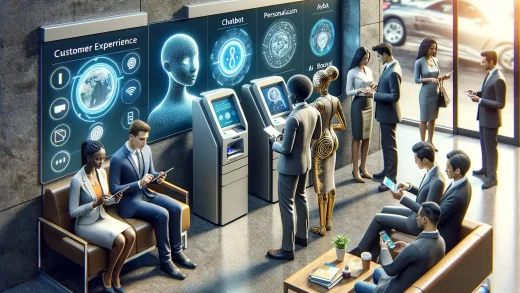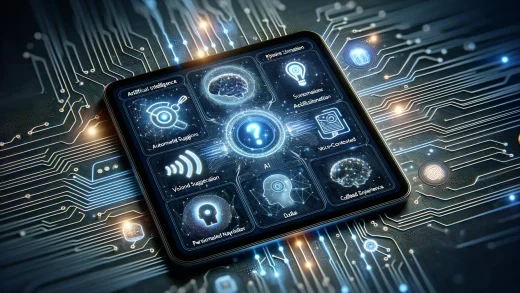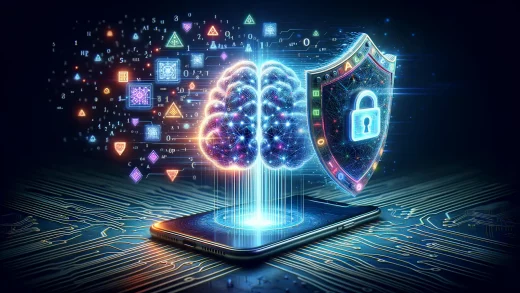Understanding the Importance of App Accessibility
Why Accessible Apps Matter More Than Ever
Imagine opening a door, only to find it locked for no reason while others stroll through with ease. Frustrating, isn’t it? That’s how inaccessible apps feel to millions of people every single day. Accessibility isn’t just a nice-to-have; it’s the bridge connecting technology to those who need it most—be it individuals with visual impairments, hearing loss, or limited mobility.
Think about someone trying to navigate their favorite app but can’t because the buttons are too small, or the text lacks contrast. For them, it’s not an inconvenience—it’s a barrier to independence. Creating accessible apps isn’t just about compliance; it’s about empathy and inclusivity. It’s about ensuring no one feels left out in an increasingly digital world.
By building apps that everyone can use, regardless of their abilities, we’re not just improving design—we’re opening doors for all.
How AI is Revolutionizing Accessibility Features
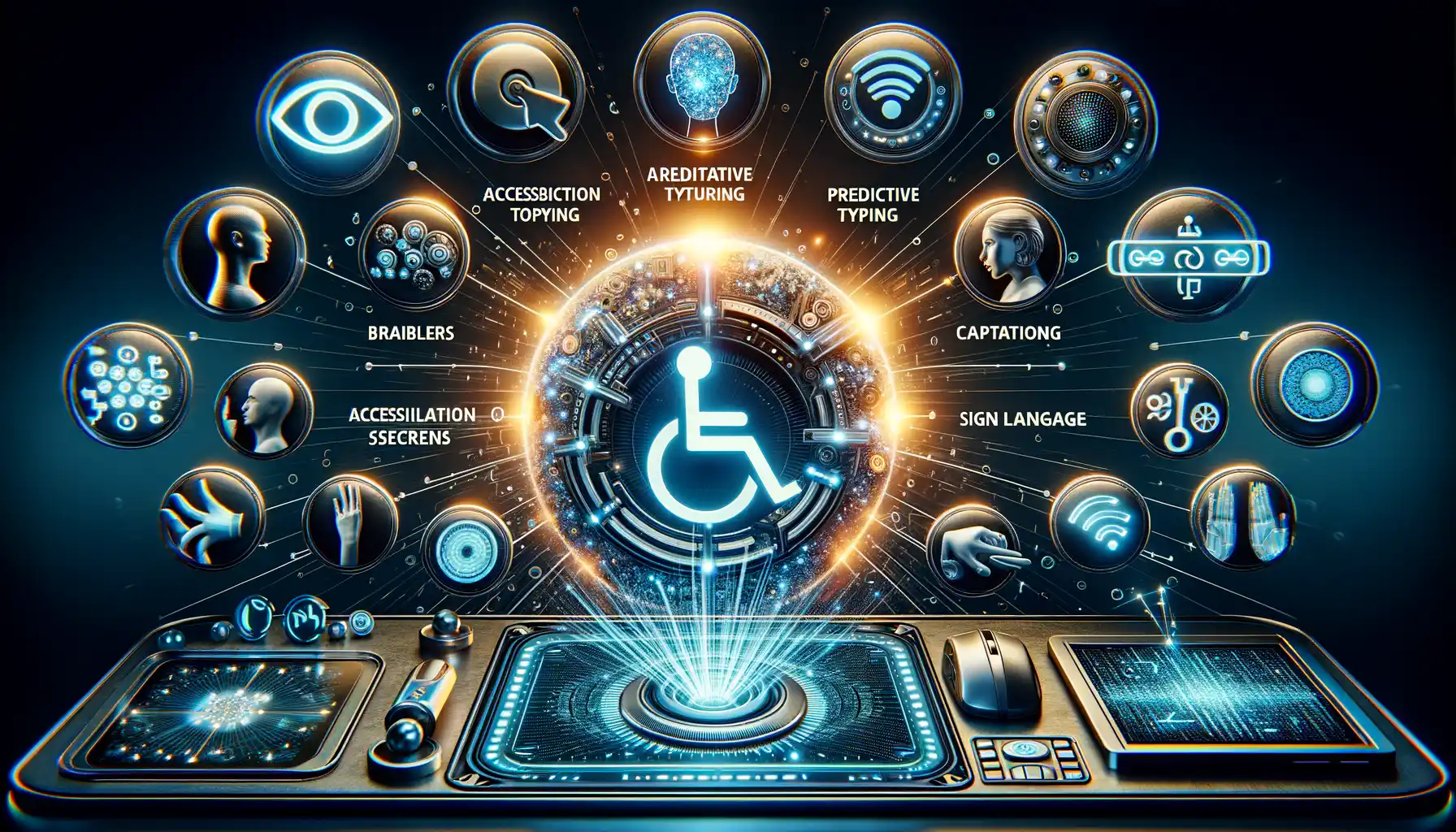
Breaking Down Barriers with AI
For too long, technology seemed to speak a language that not everyone could understand. Enter AI-driven accessibility, and suddenly the script has flipped. We’re living in an era where apps can engage with people in ways that feel personalized, intuitive, and downright magical. Picture this: someone with visual impairments using an app that not only “reads” the text on their screen but describes images, tones, even object shapes in real time. That’s not just progress—it’s liberation.
What’s behind this transformation? AI is the silent hero here, powering tools like real-time speech-to-text converters, voice recognition assistants, or even translating sign language gestures into spoken words through camera technology. These breakthroughs are making apps feel inclusive, welcoming, and empowering for every user.
- Dynamic voice commands: Helping users interact hands-free.
- Adaptive interfaces: Customizing layouts for easier navigation.
- Smart translations: Bridging communication barriers globally.
This isn’t just tech—it’s empathy coded into an algorithm. And the best part? It’s only going to get better.
Key Benefits of AI-Powered Accessibility Tools
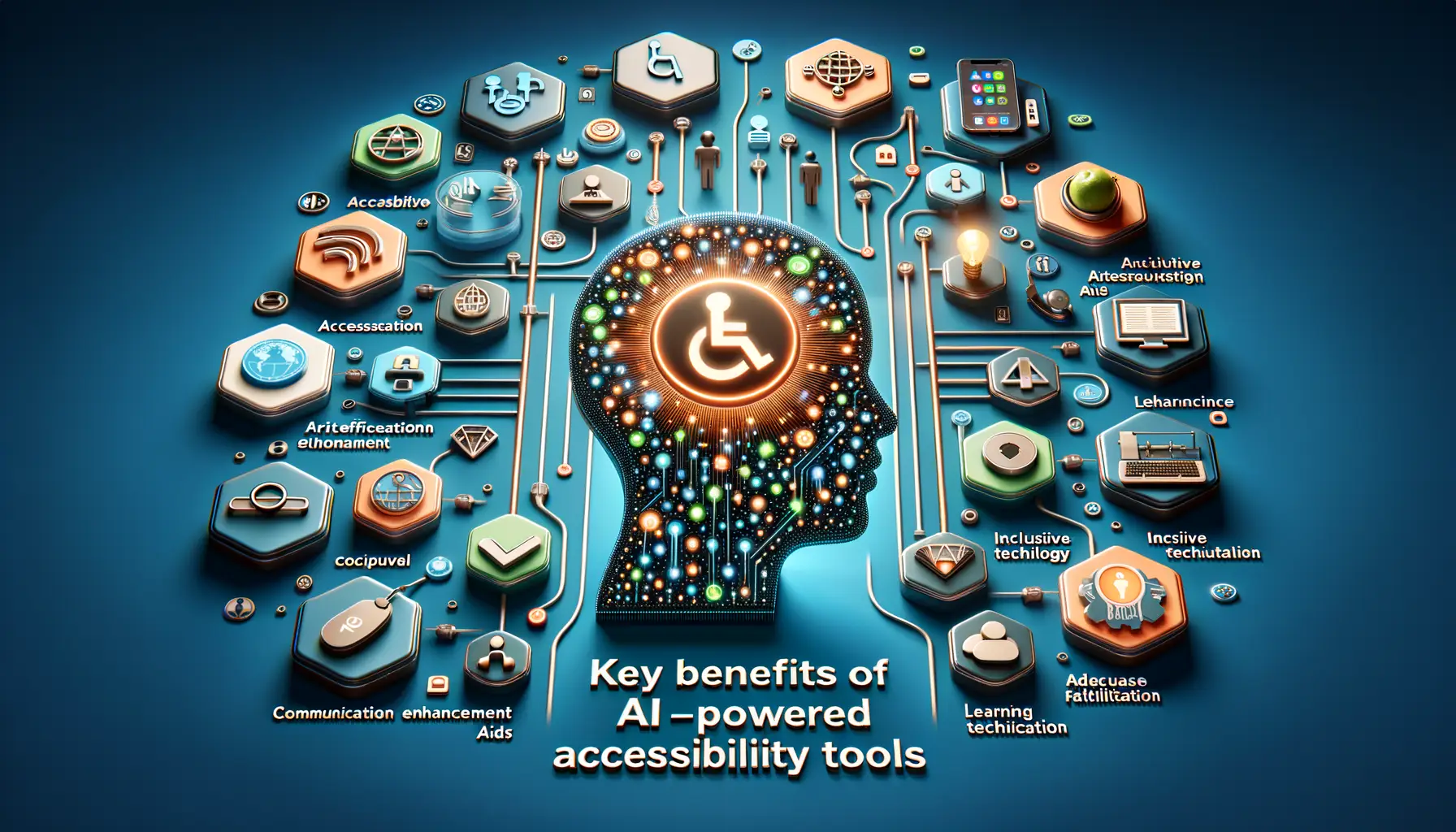
A Gateway to Independence and Possibility
Imagine this: a world where apps don’t just work for you but truly *understand* you. That’s the magic of AI-powered accessibility tools—they bridge gaps that once seemed insurmountable. For someone with visual impairments, an app equipped with AI-driven screen readers can interpret entire digital worlds in seconds. For those with hearing challenges, real-time closed captioning ensures no word gets lost in translation.
What’s most amazing? These tools adapt. AI learns over time, gaining deeper insights into your preferences. Struggling to type on a small keyboard? An AI system can predict your intentions quicker than you can blink. It’s like having a guide who knows exactly what you need before you even ask for it.
- Real-time transcription: AI listens, processes, and delivers instant captions or translations.
- Voice-controlled navigation: No swiping or typing—just pure, effortless control.
- Intuitive image recognition: Text on signs, faces in photos—AI identifies and describes them instantly.
Breaking Down Barriers, One Feature at a Time
What sets AI-powered tools apart is their ability to level the playing field. They don’t just assist—they empower. Say you’re facing a language barrier; AI translates in real-time, removing obstacles to communication. Or maybe you’re colorblind? AI can dynamically adjust colors, making everything from traffic signs to in-app content crystal-clear.
The beauty lies in the blend of precision and personalization. Each feature isn’t just crafted for “users”—it’s tailored for *you*. AI doesn’t simply offer solutions; it amplifies human potential, helping everyone access the full richness of technology.
Challenges in Implementing AI for Accessibility

Cracks Beneath the Perfect AI Surface
Let’s face it—while AI-driven accessibility tools are groundbreaking, they are no magic wand. Behind those slick interfaces lie daunting challenges that can feel like scaling a mountain on a foggy day.
One glaring hurdle? Bias. It hides in the very data that trains these algorithms. Imagine an app meant to assist visually impaired users misinterpreting dark skin tones when identifying hand gestures. That’s not just a glitch—it’s a heartbreak for someone relying on it.
Another sticky point is language diversity. Sure, your voice assistant responds perfectly to standard American English, but throw in a thick regional accent or a sprinkle of code-switching, and you might as well be speaking to a brick wall.
- High costs—Developing AI for niche accessibility features demands resources smaller companies don’t always have.
- Privacy minefields—For tools like voice recognition or real-time tracking, ensuring user data stays safe and ethical feels like disarming a live bomb.
The tech may be smart, but the implementation? That’s a puzzle needing all the pieces to fit seamlessly. And here’s the real kicker: sometimes, the stakes are too high to afford even one missing piece.
Future Trends and Innovations in AI Accessibility
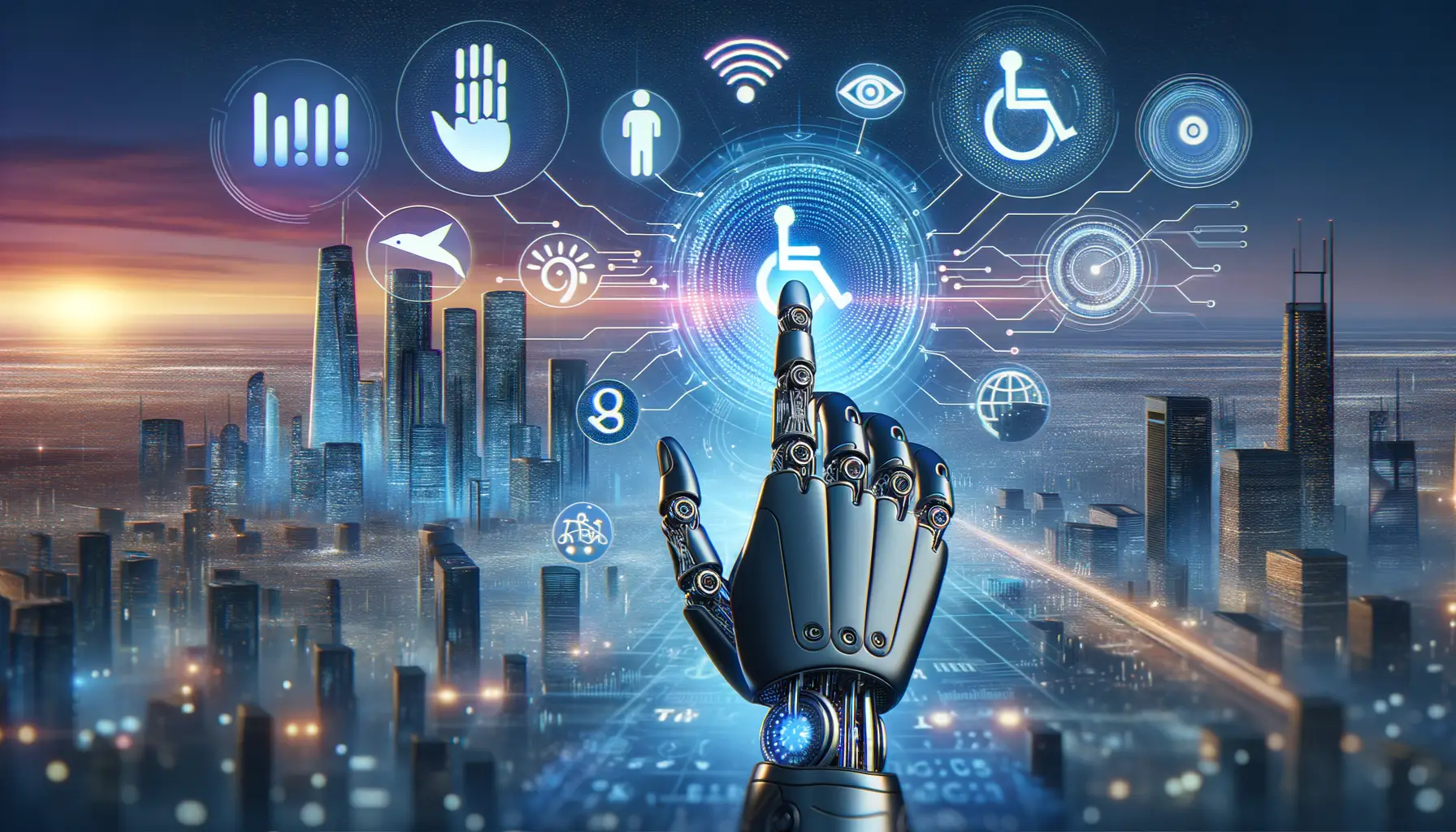
Breaking Down Barriers with AI
The future of AI accessibility is nothing short of astonishing. Think about this: an app that doesn’t just hear your voice but understands the subtle emotions behind it. Emerging AI tools are being built to do just that—delivering new levels of personalization that feel less like tech and more like magic.
We’re seeing prototypes of adaptive interfaces that mold themselves to individual needs. For instance, imagine an app designed for someone with low vision adapting its contrast ratios or font sizes dynamically throughout the day based on lighting conditions. No manual adjustments. Just intuitive design powered by machine learning.
- Real-time audio descriptions for videos during live streams
- Sign language recognition integrated into everyday apps
- Emotion-sensing tools to fine-tune mental health accessibility features
Collaborative Innovation
But here’s the kicker: these advancements aren’t happening in a vacuum. Developers, accessibility advocates, and even everyday users now co-create solutions, ensuring they aren’t just functional but genuinely life-changing. A bold example? Crowdsourced data improving AI’s understanding of diverse accents and dialects.
In the near horizon, we’ll likely witness wearable AI devices seamlessly translating visual or auditory environmental cues into actionable insights. Picture smart glasses that identify obstacles while also conveying the tone of a conversation in progress—think assistive tech meeting James Bond gadgets!
We’re not talking distant sci-fi; these innovations are already knocking on the door.

